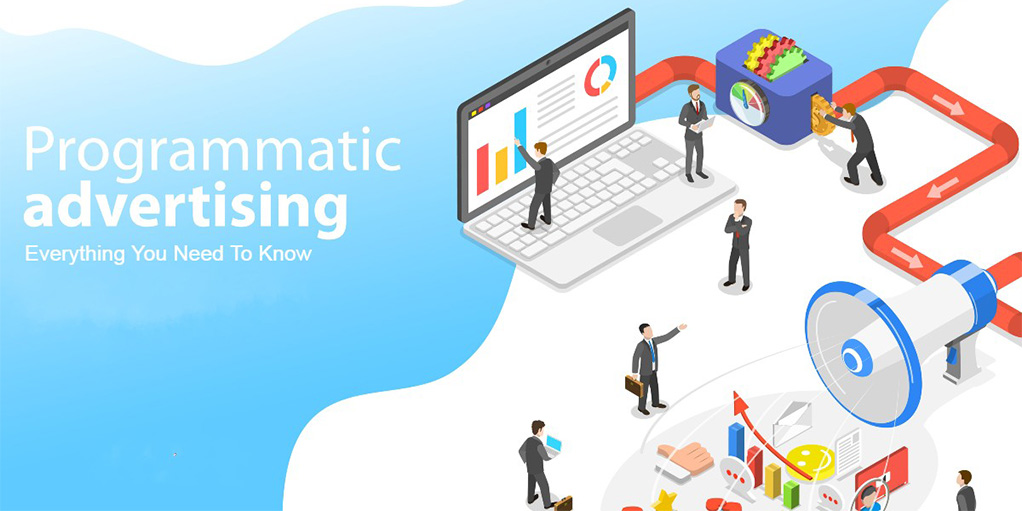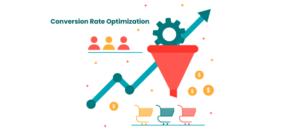Programmatic advertising has transformed the way brands connect with consumers, allowing for the automated buying and selling of ad space in real-time. Although it has many benefits—like increased effectiveness, better targeting options, and data-driven insights—marketers need to be aware of a few drawbacks. Comprehending these obstacles is vital in order to optimize programmatic tactics and get intended results.
1. Data Quality and Privacy Concerns
One of the foundational elements of programmatic advertising is data. Advertisers rely on vast amounts of data to create targeted campaigns. However, the quality of this data can vary significantly. Inaccurate or outdated information can lead to ineffective targeting, wasted budget, and subpar performance. Furthermore, evolving privacy regulations like GDPR and CCPA restrict data usage, making it harder for marketers to gather actionable insights without infringing on consumer rights.
2. Ad Fraud Risks
Ad fraud remains a persistent issue within the digital advertising ecosystem. Strategies like impression and click fraud have the potential to seriously compromise the efficacy of a campaign. Marketers must remain vigilant to ensure that their ad spend is not wasted on fraudulent activities. To reduce this risk, it is imperative to work with reliable partners and put in place strong verification systems.
3. Complexity of the Ecosystem
Ad exchanges, data management platforms (DMPs), supply-side platforms (SSPs), demand-side platforms (DSPs), and other companies make up the complex and multi-player programmatic environment. This complexity could be frightening, especially for smaller companies that require more specialized expertise or resources. Effectively navigating this ecosystem requires skill, and incompetence might result in inefficiencies.
4.Transparency Challenges
In order to combat this, businesses should place a high priority on collaborating with partners that provide thorough reporting and insights into the accomplishment of their projects, as this promotes accountability and confidence. In order to combat this, businesses should place a high priority on collaborating with partners who provide thorough reporting and insights into the effectiveness of their campaigns, since this promotes accountability and trust.
5. Over-Automation Risks
Although one of the main advantages of programmatic advertising is automation, relying too much on automated methods might result in a loss of creative and strategic thinking options. Algorithms could be too simplistic to completely comprehend audience sentiment or brand messaging. To ensure that initiatives are in accordance with more general marketing goals, marketers should endeavor to strike a balance between automation and human oversight.
6. Ad Fatigue and Banner Blindness
In a world where consumers are constantly bombarded with digital ads, issues like ad fatigue and banner blindness are prevalent. Overexposure to ads can lead to decreased effectiveness as users become desensitized to promotional content. To combat this, marketers should focus on delivering high-quality, relevant content that resonates with their target audience and consider varying ad formats and placements to maintain engagement.
7. Limited Creative Flexibility
Although programmatic advertising is highly effective in targeting particular consumers, it may limit creative freedom. Standardized ad formats are required by many programmatic platforms, which may restrict marketers’ creative options. Marketers should look at using dynamic creative techniques that can change according to the interests and behavior of their target audience in order to get around this restriction.
Conclusion
Programmatic advertising has revolutionized the field of digital marketing by providing before unimaginable levels of efficiency and targeting. But one must carefully handle its limitations, which include problems with data quality, ad fraud, complexity, transparency concerns, over-automation hazards, ad weariness, and creative constraints.
Marketers who acknowledge these challenges and implement strategies to address them will be better positioned to harness the full potential of programmatic advertising. Through the prioritization of data integrity, upholding openness, and striking a balance between automation and human insight, businesses can effectively optimize their programmatic campaigns and achieve significant outcomes in the dynamic realm of digital marketing.
To learn more or to acquire our services, please contact us at https://paypercampaign.com





